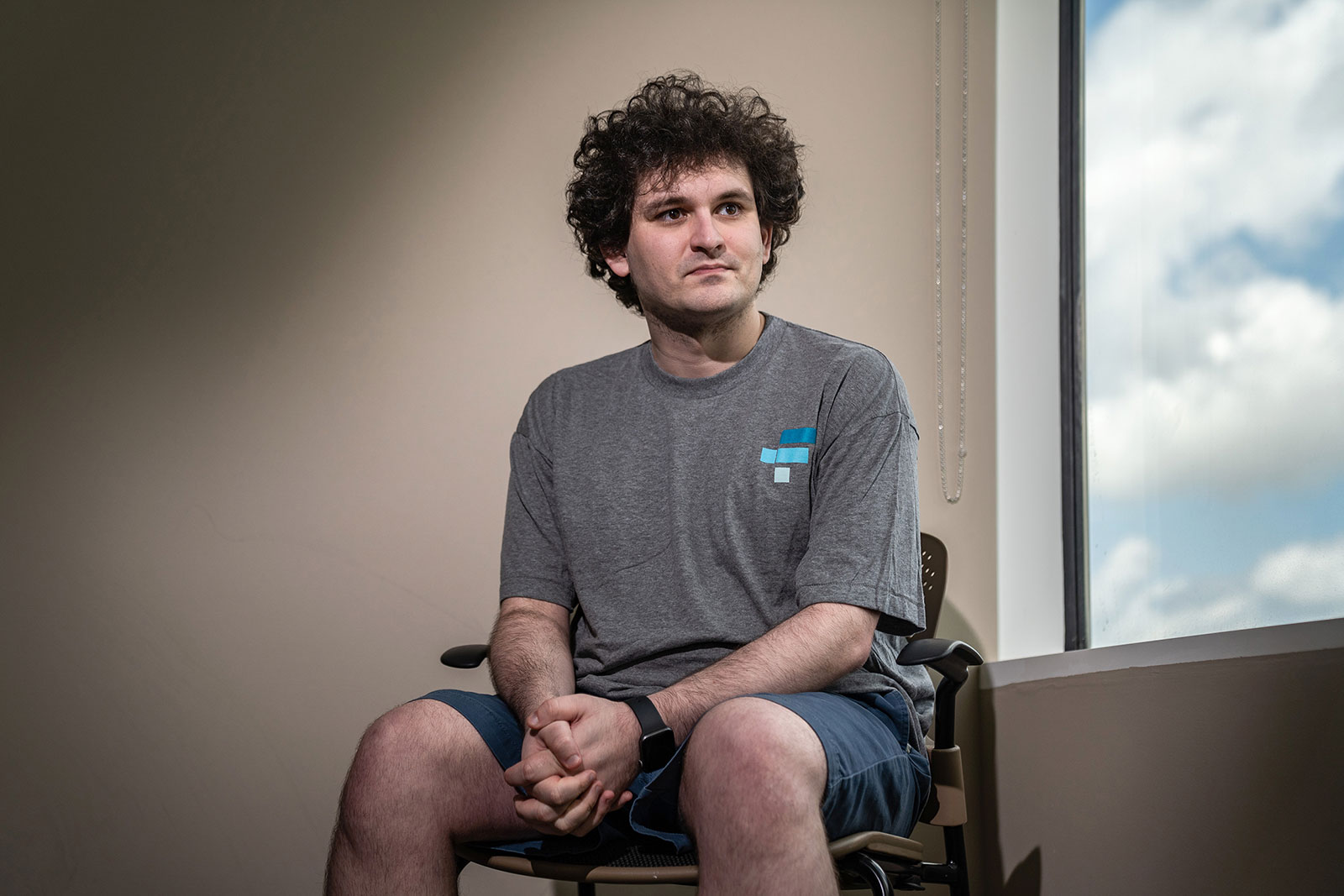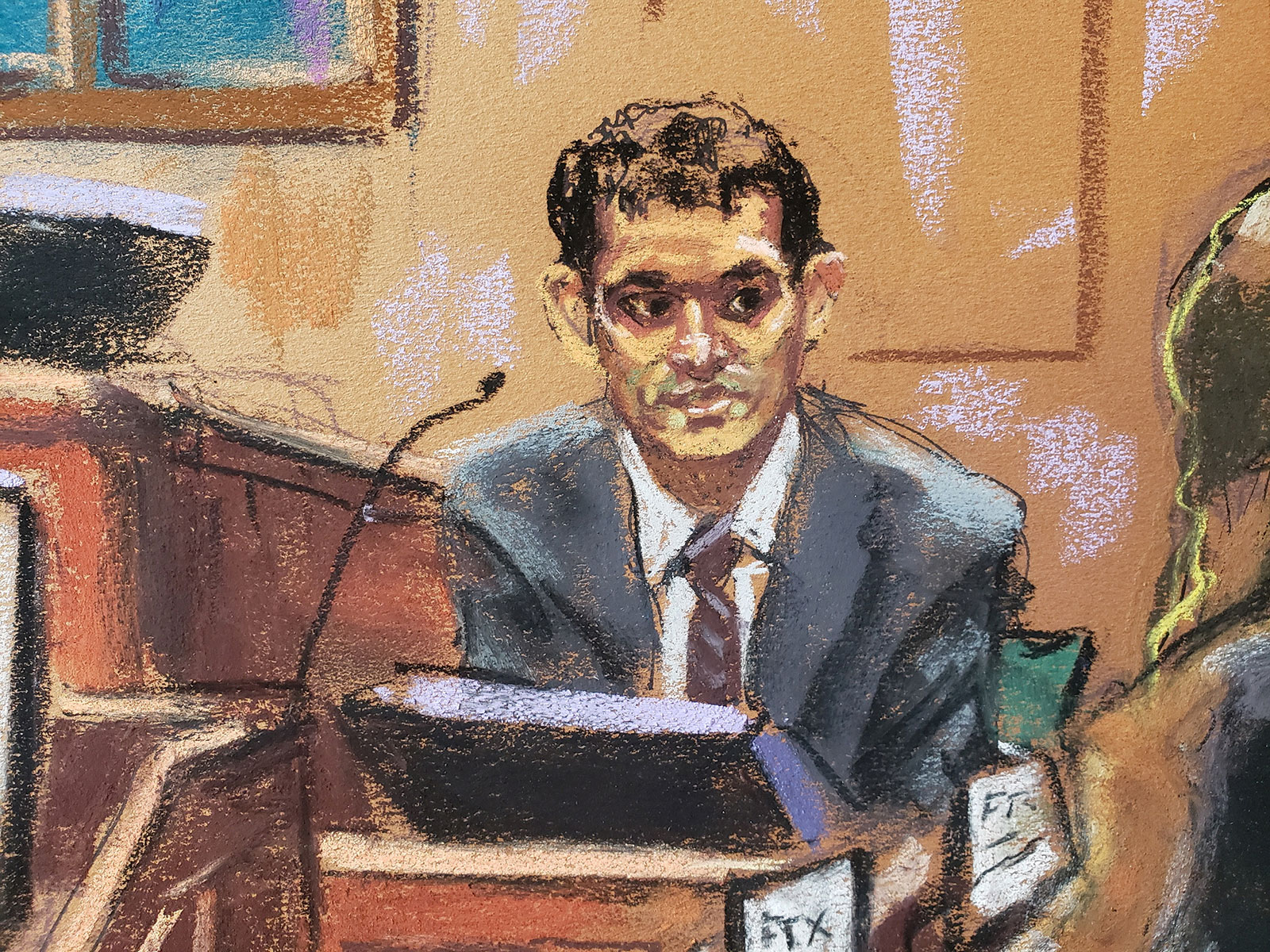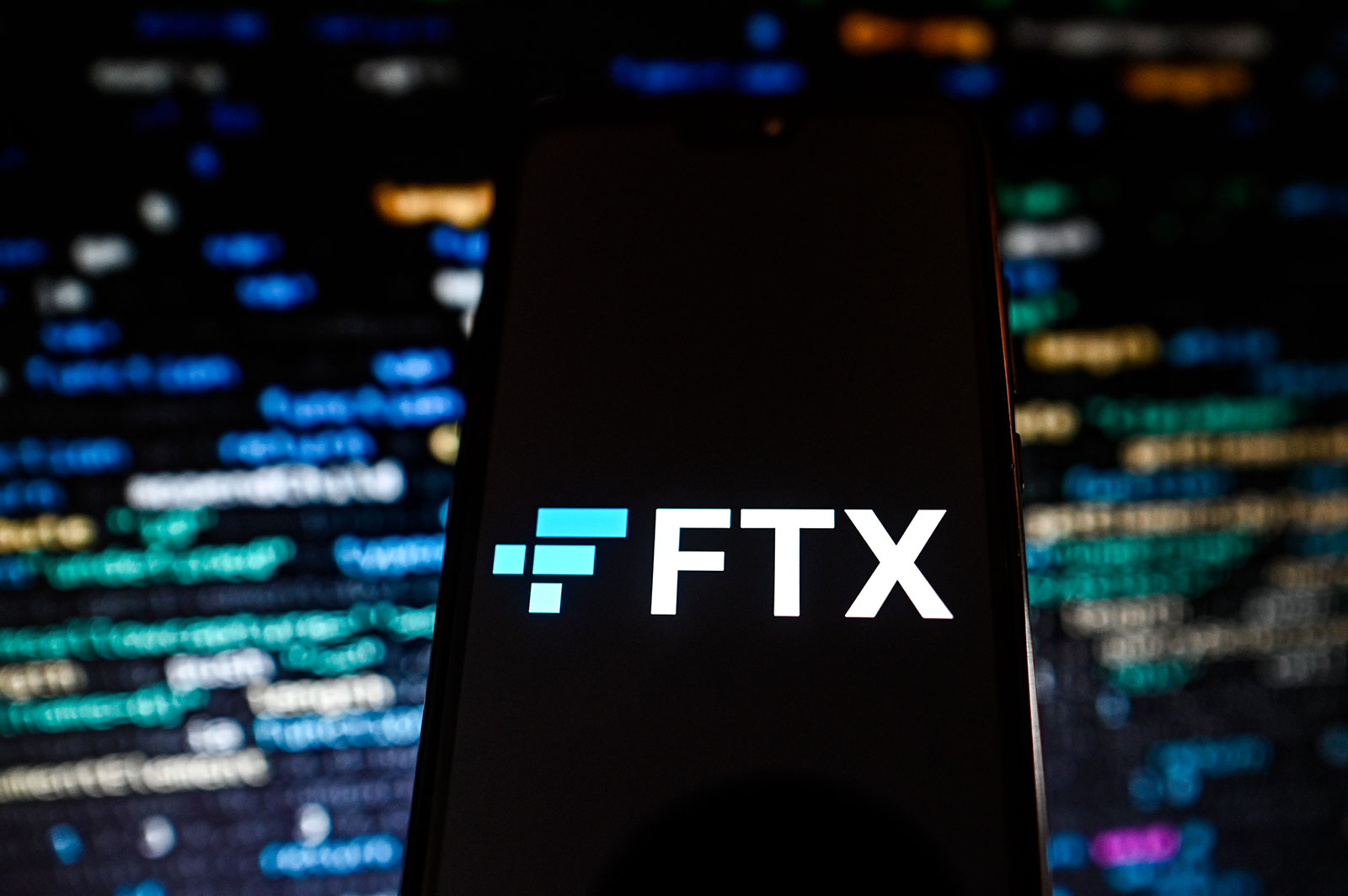In September 2022, two months before the collapse of Alameda Research, Sam Bankman-Fried wrote a memo suggesting it may be time to shut it down.
In testimony Friday, he said that due to turmoil in the crypto market at the time, he was worried there were serious risks for Alameda. If bitcoin were to fall another 50%, for example, “Alameda might be roughly insolvent," he said.
Bankman-Fried recalled his concern that then-CEO of Alameda, Caroline Ellison, had not hedged against market crashes despite many conversations he said he had had with her about hedging. "I was worried Alameda might go bankrupt," he told the court.
Referring to a document Ellison wrote at the time, titled "Things Sam is freaking out about," defense counsel Mark Cohen noted that the first entry on the list was "Hedging."
"Were you freaking out?" he asked his client.
"I don’t tend to show a lot of freakout-ness, but relative to my standard, yes."
SBF said he worried that Alameda's "culture had been decaying somewhat," and he worried there "might not be great management in place."
In the memo, SBF had written that "current Alameda leadership is good, but not good enough to be able to trust with such a big operation."
In June last year, Bankman-Fried recalled, Ellison told him "Alameda may have just gone bankrupt."
It turned out there was an accounting bug that caused an $8 billion overstatement in Alameda's liabilities. After the bug was fixed, he said, the firm's net asset value was between $8 billion and $10 billion.


